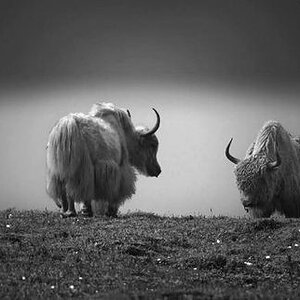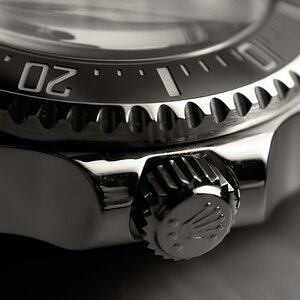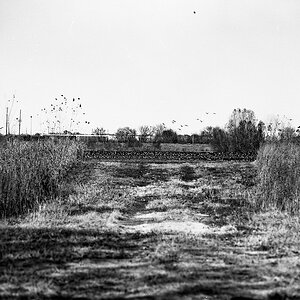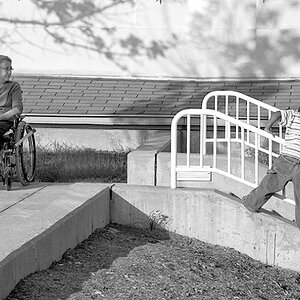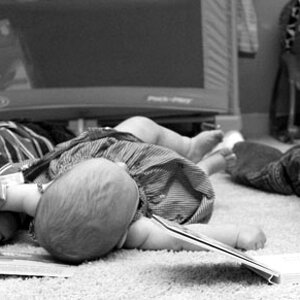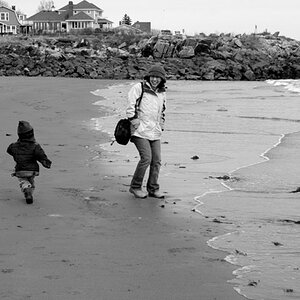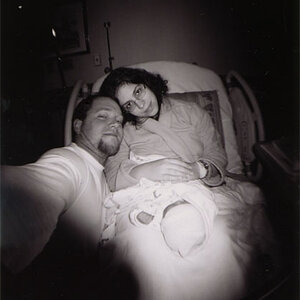I invite you to contribute to a new study about portraits and psychology by participating in a questionnaire where you look at some portraits and evaluate their emotions. It should take about 5-10 minutes. Your (anonymous) participation will create new knowledge and may change what we know about art and photography.
Goals and results of the study are planned to be published (also here) around the end of May 2017.
For randomization purpose, please choose ONLY ONE of the following three questionnaires according to the current time on your clock:
1. Your clock shows any hour and between 00-19 minutes (for example 12:05): Portrait Questionnaire
2. Your clock shows any hour and between 20-39 minutes (for example 12:30): Portrait Questionnaire
3. Your clock shows any hour and between 40-59 minutes (for example 12:51): Portrait Questionnaire
Best regards,
Ksenia Vorobieva
student
Department of Psychology
University of Gothenburg
[email protected]
Goals and results of the study are planned to be published (also here) around the end of May 2017.
For randomization purpose, please choose ONLY ONE of the following three questionnaires according to the current time on your clock:
1. Your clock shows any hour and between 00-19 minutes (for example 12:05): Portrait Questionnaire
2. Your clock shows any hour and between 20-39 minutes (for example 12:30): Portrait Questionnaire
3. Your clock shows any hour and between 40-59 minutes (for example 12:51): Portrait Questionnaire
Best regards,
Ksenia Vorobieva
student
Department of Psychology
University of Gothenburg
[email protected]


![[No title]](/data/xfmg/thumbnail/41/41490-6af71315284539e04ae1878cda0d613f.jpg?1619739818)
